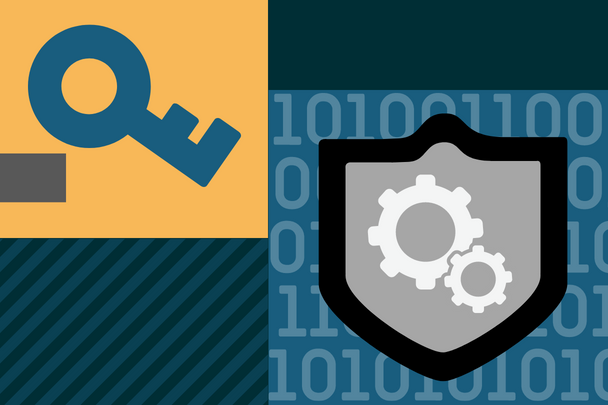Tips
HTTPS Issue with SonarScanner
If you have installed a valid HTTPS certificate from Let’s Encrypt and have issues with the SonarScanner connecting to the SonarQube scanner, you may see in the error logs reference to an invalid certificate. To verify the HTTPS certificate is valid, use the following command from a Linux system (where [server] is the FQDN or public IP address): openssl s_client -connect [server]:443
Inspect the output to see if there are any communication errors. In some situations, the certificate may be missing the issuer in the certificate. For organizations using Terraform, refer to the ACME provider instructions on creating HTTPS certs using Let’s Encrypt.
Forgot Default Password
Log onto the Argus server and proceed to /opt/argus/argus-infra-dair/secrets
Look at the files with the postfix .secret to uncover your password.
Totally Broke Project Iris
If you need to reset Project Iris to the default factory state, log on the Iris server through SSH. Proceed to the following directory /opt/argus/argus-infra-dair .
Run the following commands:
kubectl kustomization | kubectl delete -f -
kubectl kustomization | kubectl apply -f -
Wait for 10 minutes for the containers to come online and proceed with configuring the applications. Alternatively, you can delete the DAIR instance created and deploy the Parabellyx BoosterPack again.



